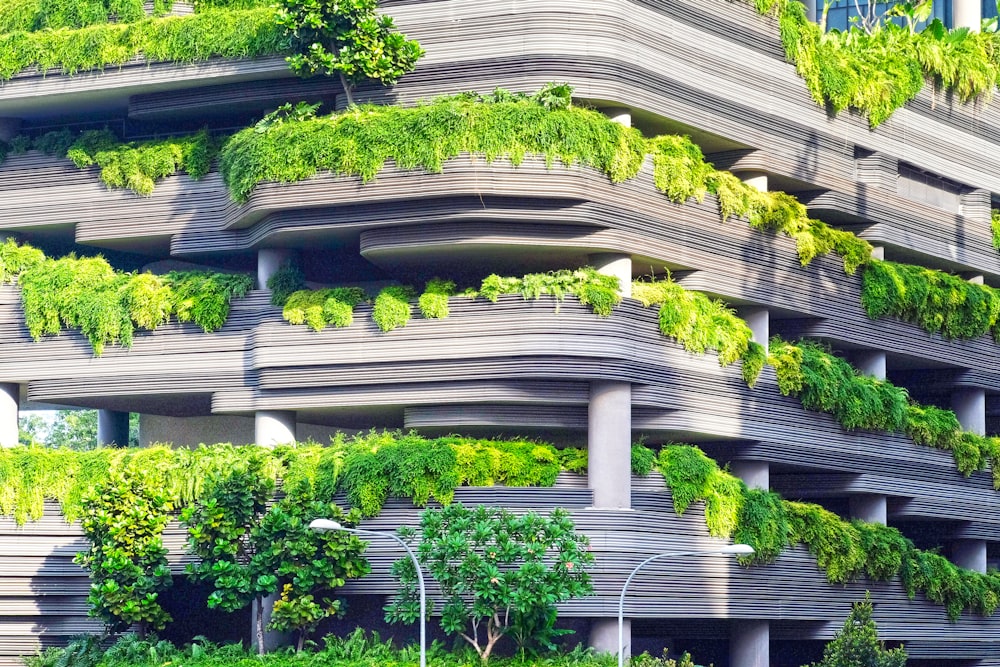In Harmony with Nature:
Organic architecture stands as a testament to humanity’s desire to coexist harmoniously with the natural world. This innovative approach to design takes inspiration from the surrounding environment, seamlessly integrating buildings into the landscape while minimizing their environmental impact. From flowing lines to natural materials, organic architecture celebrates the beauty of nature in every aspect of its design.
Philosophy of Organic Architecture:
At the core of organic architecture lies a profound philosophical belief in the interconnectedness of all things. Architectural pioneer Frank Lloyd Wright famously coined the phrase “form follows function,” emphasizing the importance of designing buildings that are in harmony with their surroundings. Organic architecture takes this concept a step further, advocating for structures that not only function efficiently but also reflect the inherent beauty of their natural surroundings.
Blending Form and Function:
Organic architecture is characterized by its seamless integration of form and function. Rather than imposing rigid geometric shapes onto the landscape, organic buildings are designed to flow organically with the natural contours of the land. This approach not only enhances the visual appeal of the architecture but also improves its functionality, creating spaces that are both beautiful and practical.
Inspired by Nature:
Nature serves as the ultimate muse for organic architects, inspiring designs that mimic the shapes, textures, and patterns found in the natural world. From the graceful curves of a seashell to the intricate branching of a tree, organic architecture seeks to capture the essence of nature in its purest form. By bringing elements of the outdoors indoors, organic buildings create a sense of harmony and tranquility that resonates with their occupants.
Materials of the Earth:
Organic architecture emphasizes the use of natural materials that are sourced sustainably and have minimal environmental impact. Wood, stone, and earth are among the most commonly used materials, chosen for their durability, beauty, and ability to blend seamlessly with the surrounding landscape. By utilizing materials that are native to the region, organic architects ensure that their buildings are in harmony with the natural ecosystem.
Sustainable Design Practices:
In addition to utilizing natural materials, organic architecture prioritizes sustainable design practices that minimize energy consumption and reduce waste. Passive solar design, green roofs, and natural ventilation systems are just a few examples of sustainable strategies employed by organic architects to create buildings that are both eco-friendly and energy-efficient. By harnessing the power of nature, organic architecture offers a blueprint for sustainable living in the modern world.
Living in Harmony:
For inhabitants of organic buildings, the experience goes beyond mere shelter—it is a holistic immersion in nature. From the moment they step inside, occupants are greeted by spaces that evoke a sense of peace and tranquility, with abundant natural light, flowing lines, and panoramic views of the surrounding landscape. This deep connection to the natural world fosters a sense of well-being and harmony that is unparalleled in traditional architecture.
A Sustainable Future:
As the world grapples with the challenges of climate change and environmental degradation, organic architecture offers a beacon of hope for a more sustainable future. By embracing nature as a guiding principle in design, architects have the power to create buildings that not only enrich the lives of their occupants but also contribute to the health and vitality of the planet. In a world where the need for sustainable solutions has never been greater, organic architecture offers a path forward toward a greener, more harmonious future. Read more about organic architecture

